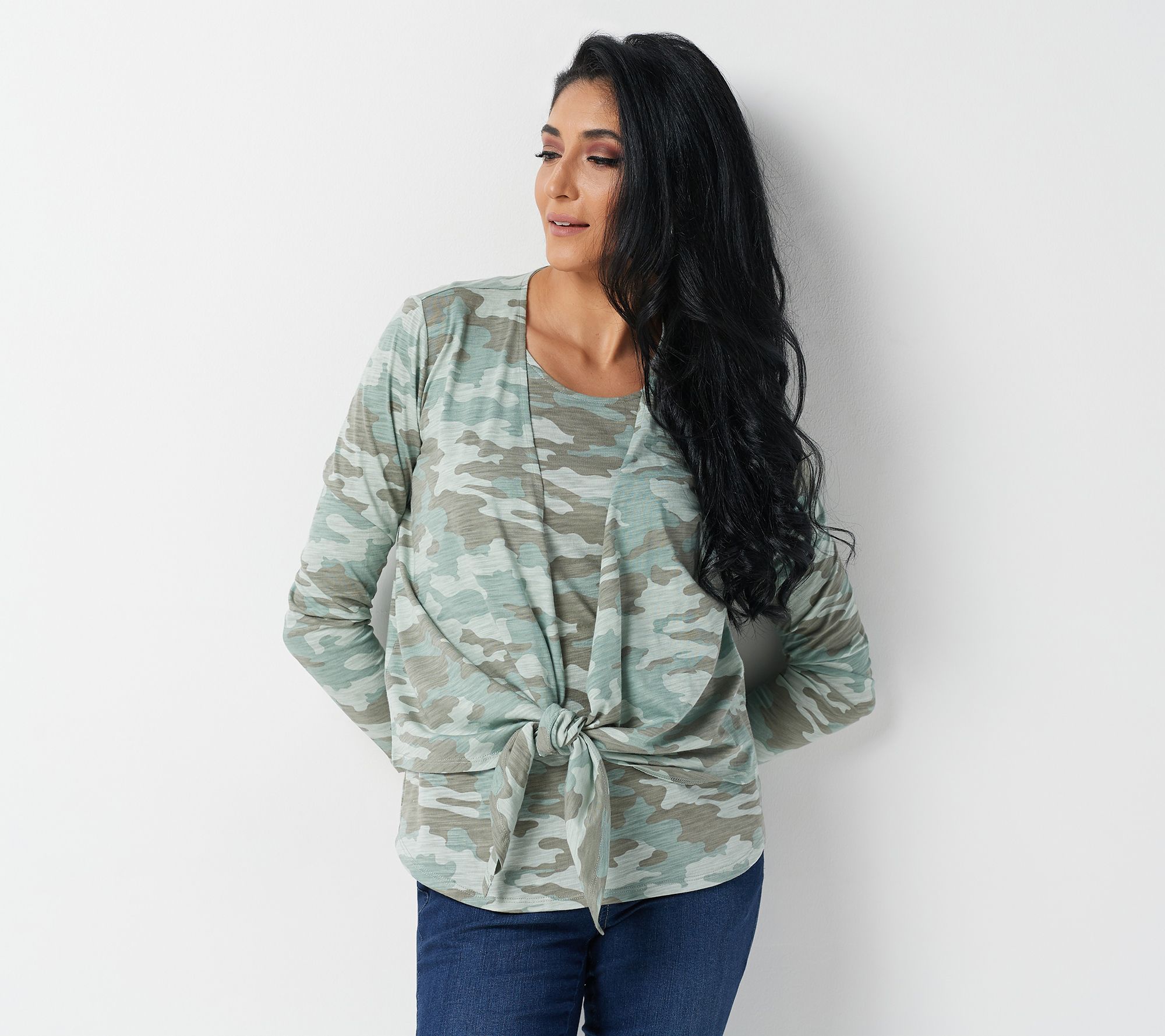Floral V-Neck Button Through Mini Tea Dress – M&S X GHOST
Go for a carefree look with this button-through mini tea dress from the M&S X GHOST collaboration.
Go for a carefree look with this button-through mini tea dress from the M&S X GHOST collaboration. It’s cut to a comfortable regular fit with a feminine v-neck. The gathered three-quarter sleeves have elasticated cuffs for a full, flowing look. Features a cheerful ditsy print with tiny, delicate flowers.
Fit and style
Regular fit, Unlined
Composition
100% viscose
Care
- Wash at 40°C delicate
- Do not bleach
- Do not tumble dry
- Iron at medium temperature
- Professional dry clean
Additional information
| Length | Neck to hem length for a size 12: 92cm |
|---|






by Lora
I ordered this dress as it looked lovely online. Unfortunately, way to low on v neck and showed my bra but i am only 5ft. It such a shame i had to return it.
by Joy
Fits well, looks amazing and the cut is just right for me. I am normally a 10 bottoms and 12 top but chose the dress in 10 and it was fine. It is a good length – over my knees (am 5ft 7in). Would love this in other colours, please!
by Lyn
M & S Ghost dress is perfect and I absolutely love it.
by Maggie
Lovely dress and the print is so much nicer in real life than can see on the pic online. The fit is true to size. Cant wait for the sun to come out to wear it more.
by Barbie
Ordered online as I loved it as soon as I saw it. Ordered a size 12 which is my usual size and it fitted beautifully and looks absolutely gorgeous. I cannot recommend this dress highly enough.
by Alexandra
I love this dress, it will be lovely on warm summer days! I’m a size 12 but sometimes with M&S clothes I find I need a 10. However, with the button down front I didn’t want to risk it popping open on my chest! The size 12 is perfect for me and really flattering. So I’d say stick to your “normal”, go-to size.